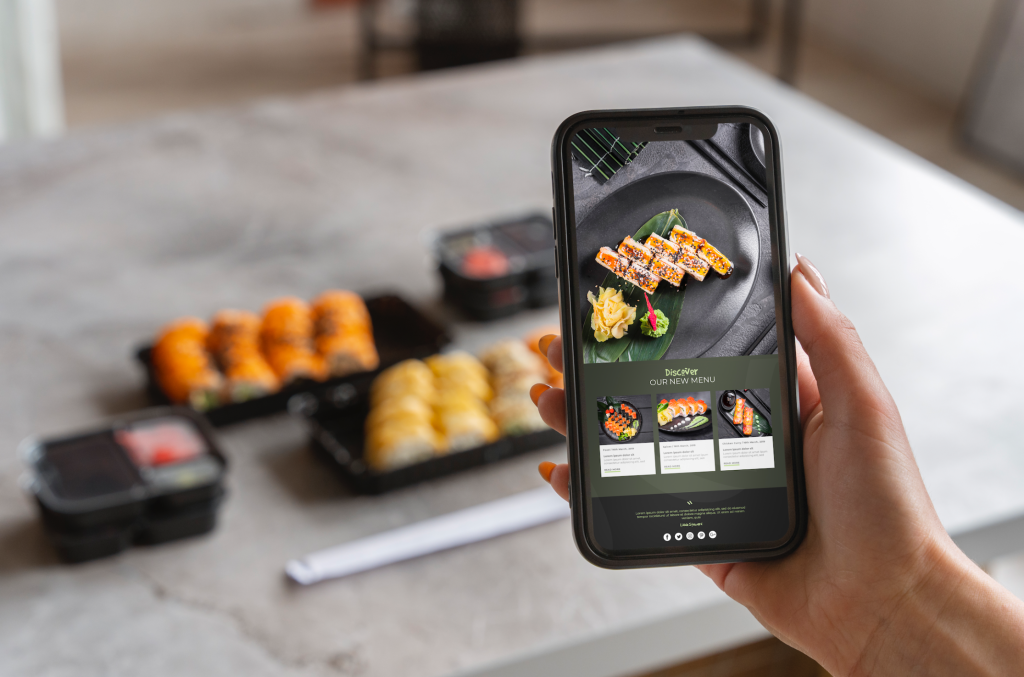In the ever-evolving landscape of education, the integration of technology extends beyond the classroom into unexpected realms. One such area experiencing a technological revolution is school food services, where innovative solutions are reshaping the dining experience for students. The emergence of Smart Menus reflects a commitment to not only nourishing young minds but also embracing the potential of technology to enhance every aspect of the school environment. These digital menus leverage data analytics, nutritional algorithms, and interactive platforms to create a dynamic and personalized dining experience. Imagine a scenario where students can access their daily menus through a mobile app that not only displays the nutritional content but also tailors recommendations based on individual dietary preferences and restrictions. Smart Menus go beyond traditional offerings by incorporating real-time feedback mechanisms, allowing students to rate and provide input on the meals they consume. This not only empowers students but also helps school nutritionists and chefs adapt and improve their offerings to meet the evolving tastes and nutritional needs of the student body.

Moreover, these tech-driven innovations extend to the ordering and delivery processes, streamlining the entire food service operation. Schools are increasingly adopting online ordering systems, enabling students to pre-select their meals, reducing wait times, and minimizing food waste. The integration of smart kitchen appliances and automation in the culinary process further ensures efficiency and precision in meal preparation and learn more. In some advanced setups, robotic kitchen assistants collaborate with human chefs to create a seamless and hygienic food production line. This not only optimizes resource utilization but also serves as an educational tool, exposing students to the intersection of technology and culinary arts. The Bright Futures aspect of this technological revolution lies not only in the immediate benefits of improved nutrition and operational efficiency but also in the potential for education in science, technology, engineering, and mathematics STEM fields.
Schools incorporating these innovations provide students with hands-on experiences in using and understanding technology, fostering a generation of individuals well-versed in the practical applications of digital tools. As students engage with Smart Menus, online ordering systems, and automated kitchens, they develop essential skills in data analysis, problem-solving, and collaboration, preparing them for future careers in a technology-driven world. However, it is essential to acknowledge the challenges that come with these innovations, such as addressing potential equity issues related to access to technology and ensuring that the human touch in food preparation is not entirely replaced. Striking the right balance between technology and traditional culinary practices will be crucial in maximizing the benefits of these advancements while preserving the essence of a wholesome dining experience. In essence, the convergence of technology and school food services represents a holistic approach to nurturing not only the bodies but also the minds of the next generation, paving the way for bright and tech-savvy futures.
